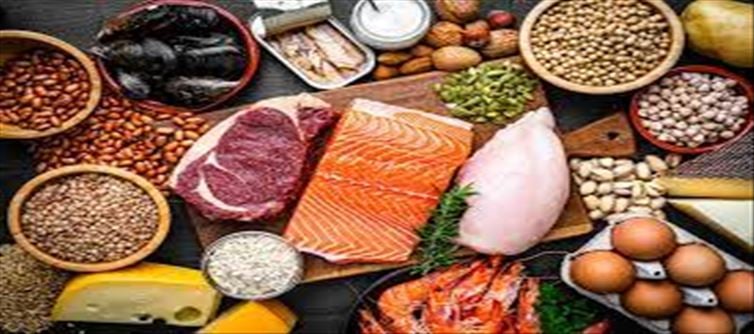
Proteins are essential macromolecules found in all living organisms, and they play a multitude of critical roles in various biological processes. Proteins and steroids are separate types of biological compounds with distinct roles and structures within the human body. proteins, complex macromolecules, consist of amino acids arranged in specific sequences, forming intricate three-dimensional shapes.
.jpg)
These shapes are critical for a wide array of biological functions, including enzyme catalysis, structural support, immune responses, and cellular communication, all contributing to the body's overall function and integrity. In contrast, steroids belong to a lipid category characterized by a unique chemical structure composed of four fused carbon rings.
Steroids act as signalling molecules, governing various physiological processes such as metabolism, inflammation, and immune reactions. Notable steroid hormones like cortisol, testosterone, and oestrogen play crucial roles in functions like stress management, development, and reproductive processes.
Though proteins and steroids are indispensable components of the human body, they differ markedly in their makeup and functions. proteins primarily function as catalysts for chemical reactions and provide structural support, whereas steroids chiefly serve as regulators and signallers. Therefore, proteins and steroids are distinct entities, each belonging to its specific biochemical class and fulfilling different roles within biological systems.




 click and follow Indiaherald WhatsApp channel
click and follow Indiaherald WhatsApp channel